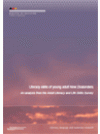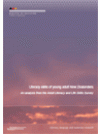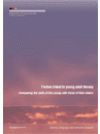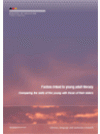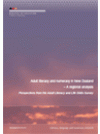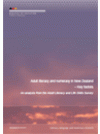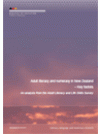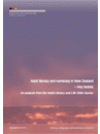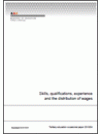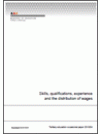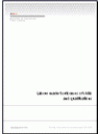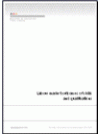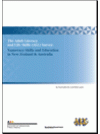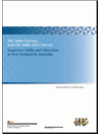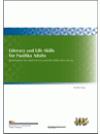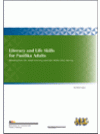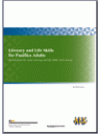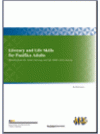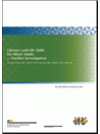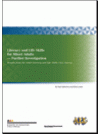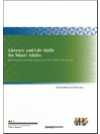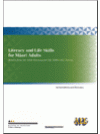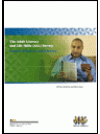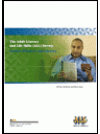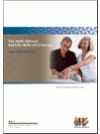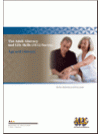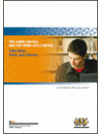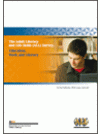The Adult Literacy and Life Skills (ALL) Survey is an investigation of the distribution of certain skills (such as literacy, numeracy, and document interpretation) among the adult population. It is conducted at both international and national levels.
This allows for comparison with other countries as well as providing information specific to New Zealand.
The ALL survey follows a similar survey conducted in 1996 – the International Adult Literacy Survey (IALS) – and is, in part, directly comparable to this earlier work.
This comparison will provide a picture of some of the changes in skills, both nationally and internationally, over the previous decade.
Purpose
How literate are New Zealand adults? How does the literacy of New Zealand adults change according to their income? How does their literacy compare with that of adults from other countries? The Adult Literacy and Life Skills (ALL) Survey aims to answer these and other similar questions.
Methodology
The New Zealand implementation of the ALL survey has a random, geographically based sample design. In addition, enough Māori and Pasifika respondents are included in the ALL survey design to allow for statistically useful analyses of these ethnic subpopulations.
Each survey is administered face-to-face by an interviewer of the National Research Bureau Ltd, according to the strict guidelines laid down by Statistics Canada. (See section 2.h.)
The respondent provides the interviewer with two types of information. Both of these types of information will be used in the reporting of the ALL survey findings.
The first type of information concerns the background of the respondent.
This includes factors such as the respondent’s gender, ethnicity, labour-force status, employment status and so on.
This type of information potentially allows investigation of the distribution of adult literacy and life skills through subpopulations (an example of a subpopulation is Māori women between the ages of 20 and 30 who have university degrees).
The second type of information concerns the proficiency of the respondent in one or two of the domains described in section 2.c.
The respondent provides this information by answering a sequence of written questions.

